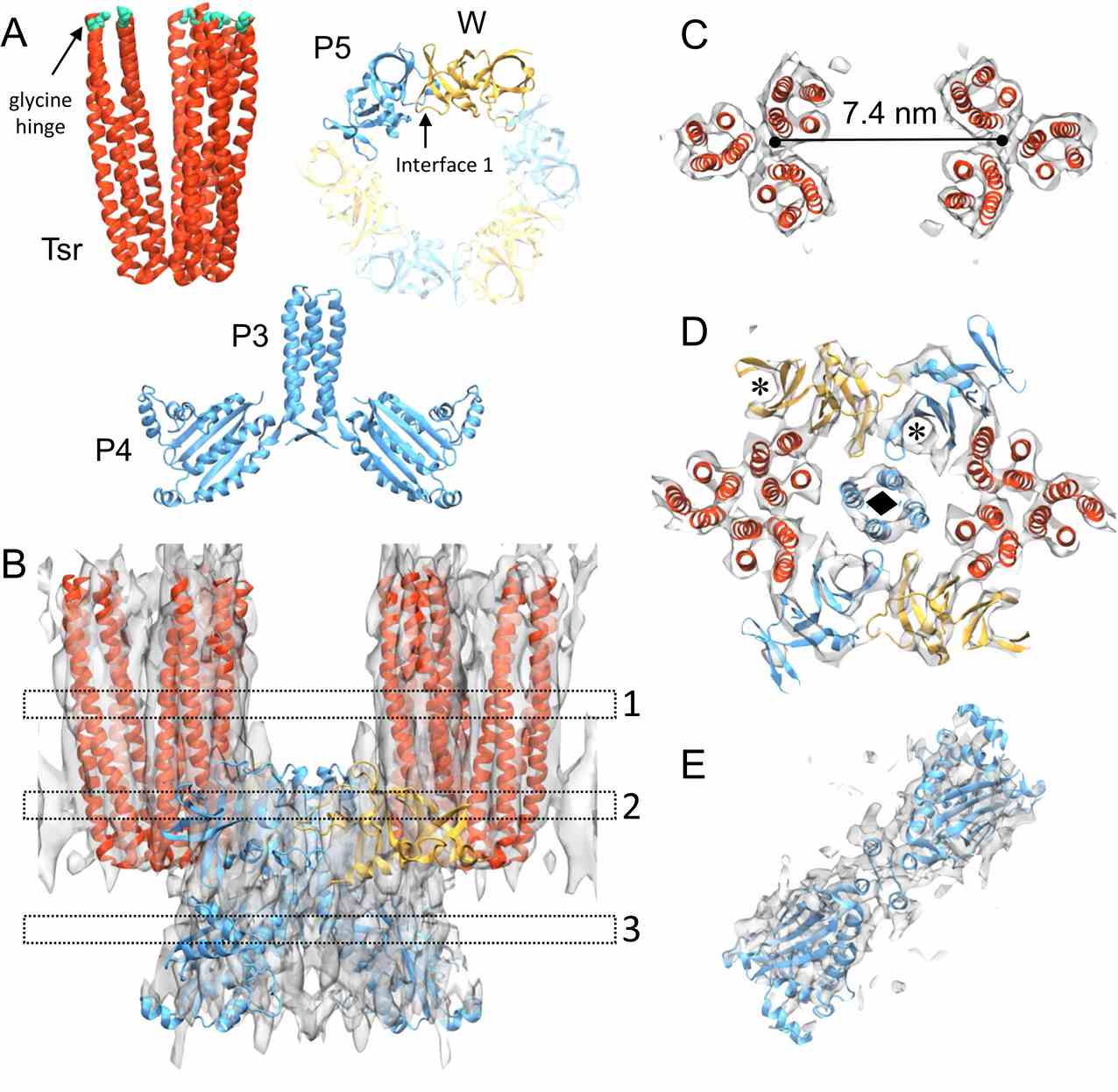Structural Research of Chemotaxis Protein Complexes
Chemotaxis is the ability of cells to sense and move towards or away from chemical signals in their environment. This process is essential for many organisms, including bacteria, to navigate and respond to their surroundings. One of the key players in bacterial chemotaxis is the chemotaxis protein complex, which is responsible for sensing and transducing chemical signals into directional movement. Chemotactic bacteria have evolved a remarkable mechanism to sense and respond to chemical gradients. This mechanism involves large arrays of transmembrane chemoreceptors, which work in concert with the histidine kinase CheA and the adaptor protein CheW, to form core-signaling units (CSUs). Despite decades of scrutiny, the molecular mechanisms underlying sensory signal transduction in bacteria remain enigmatic, partly due to the lack of a high-resolution CSU structure.
In recent years, significant progress has been made in understanding the structure and function of this complex, thanks in part to advancements in structural biology techniques such as cryo-electron tomography (cryo-ET) and molecular simulations. Researchers employed cryo-ET and sub-tomogram averaging to explore the ultrastructure of the Escherichia coli CSU at sub-nanometer resolution. By leveraging these novel experimental data, they utilized molecular simulations to construct an atomistic model of the CSU, which allowed for a detailed analysis of CheA conformational dynamics within its native structural context.
 Figure 1. All-atom model of the E. coli CSU. (Cassidy C K, et al., 2020)
Figure 1. All-atom model of the E. coli CSU. (Cassidy C K, et al., 2020)
| Protein | Organism | Method | Resolution | PDB Entry ID |
| Core Chemotaxis Signaling Unit, carrying QQQQ receptor mutation (expressed in E. coli) | Escherichia coli | Cryo-EM structure 2D array with subtomogram averaging | 8.38 Å | 6S1K |
Table 1. Structural Research of Chemotaxis Protein Complexes.
Understanding the structure and function of membrane proteins, such as the chemotaxis protein complex, is crucial for developing new drugs and therapies for a wide range of diseases. Creative Biostructure is a leading provider of structural analysis services for membrane proteins. Our team of experts uses cryo-electron microscopy, cryo-electron tomography, X-ray crystallography, and other advanced techniques to determine the 3D structure of membrane proteins and understand their function.
If you're interested in delving into the fascinating world of chemotaxis protein complexes and exploring the cutting-edge research possibilities in this area, look no further than our team of experts. With years of experience and a wealth of knowledge at our disposal, we are always available to discuss your research needs and offer the best possible solutions for your project. Don't hesitate to contact us today to learn more about our comprehensive structural analysis services and how we can help take your research to the next level.
Reference
- Cassidy C K, et al. Structure and dynamics of the E. coli chemotaxis core signaling complex by cryo-electron tomography and molecular simulations. Communications Biology. 2020, 3(1): 24.